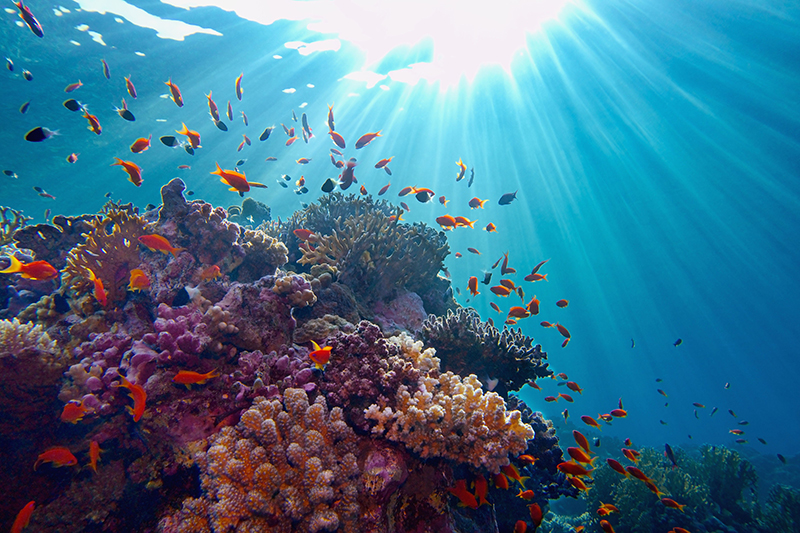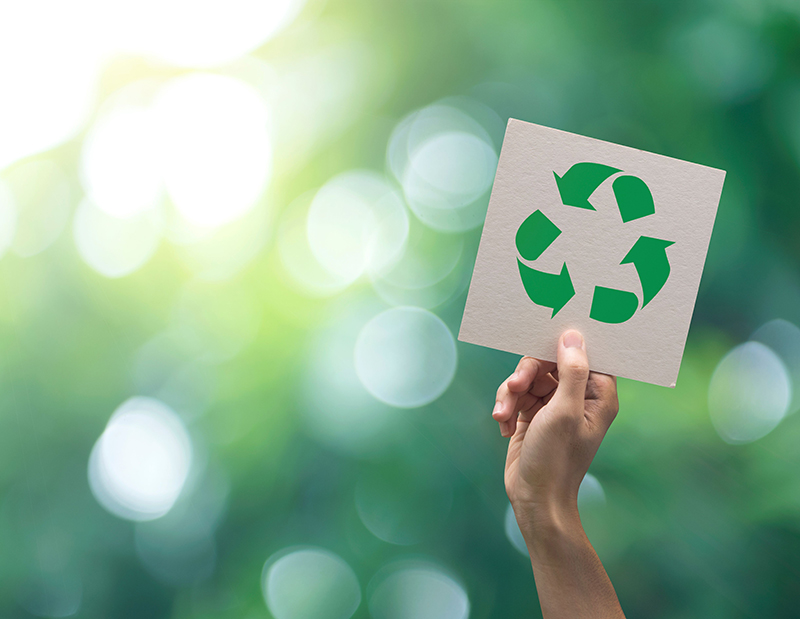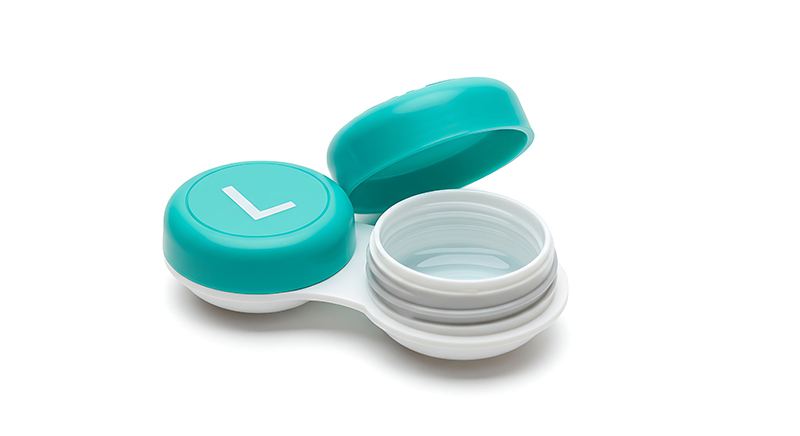The Right Way to Dispose of Contact Lenses in Australia

If you wear contact lenses, you’ve probably tossed one down the sink or toilet without giving it much thought. You’re not alone—but that tiny habit has a surprisingly big environmental cost.
According to the Australian Institute of Health and Welfare and Opticycle, over 13 million Australians live with at least one long-term eye condition. More than 13% of the population wears contact lenses, resulting in the use of an estimated 250 to 500 million contact lens packets and lenses each year. Unfortunately, much of this waste ends up in landfill or pollutes our waterways. These figures highlight not only the widespread nature of eye health issues in Australia but also the significant environmental impact of contact lens waste.
Why It Matters

When contact lenses are flushed, they don’t dissolve. Instead, they break down into microplastics—tiny plastic fragments that slip through wastewater filters and flow into rivers and oceans. Once in the environment, they’re nearly impossible to remove.
These microplastics pose a serious threat to marine life, food chains, and iconic ecosystems like the Great Barrier Reef. Fish, turtles, and birds can mistake them for food, leading to injury or death, and over time, these plastics make their way back into our diets through the seafood we consume. Once microplastics enter the ocean, they do not break down or disappear. Instead, they persist in the environment, disrupting delicate ecosystems and harming marine creatures. Through the food chain, these particles can accumulate in the human body, highlighting the wider environmental and health risks posed by improper disposal of plastics, including contact lenses.
1. Never Flush Your Lenses
Flushing contact lenses might seem harmless, but they’re not biodegradable. Once they reach wastewater treatment plants, they begin to fragment and can escape into the natural environment.
The better option is to throw them in the bin, preferably wrapped in tissue or placed inside a container to avoid loose plastic entering landfill. It’s a simple change that helps protect our oceans, rivers, and wildlife.
2. Use a Contact Lens Recycling Program

Because contact lenses and their packaging are small, they are usually not accepted in regular household recycling bins. Fortunately, there are specialised recycling programmes designed for them. Bausch + Lomb runs a contact lens recycling programme in partnership with TerraCycle, allowing users to recycle used lenses, blister packs, and foil. The company is also actively engaged in environmental conservation efforts. You can find more information about the programme on the Bausch + Lomb Recycling Programme page.
Many optometrists across Australia now partner with programs like TerraCycle or Opticycle, which accept:
- Used contact lenses
- Blister packs
- Foil seals
You can collect these items at home and either drop them off at a participating optometrist or send them in by post. These materials are then processed and transformed into useful products like park furniture and construction materials.
Tip: Ask your local optometrist if they’re part of a contact lens recycling initiative.
3.Daily vs Monthly Lenses: What’s Better for the Environment?

Daily disposables offer unmatched convenience and hygiene, making them a popular choice for many lens wearers. While fortnightly and monthly lenses might be considered more eco friendly because they use fewer materials over time, daily lenses remain a practical option for many people. The key to reducing the environmental impact of daily disposables is proper disposal — never flushing lenses, blister packs, or boxes down the toilet or sink. Instead, recycle packaging where possible and follow recommended disposal methods. By taking these small steps, daily lens users can help protect the environment and marine life without compromising on comfort or eye health.
Of course, every eye is different, so talk to your optometrist about the best lens option for your vision and lifestyle.
Small Changes, Big Impact

Making sustainable choices with your contact lenses might seem insignificant, but when thousands of Australians take action, the environmental benefits add up quickly.
Whether it’s choosing reusable lenses, recycling your used pairs, or donating what you don’t need, each step contributes to a cleaner, healthier planet.
Let’s protect our waterways, our wildlife, and our future—one lens at a time.
Ready to make a difference? Shop smart. Dispose responsibly.Want to learn more tips for contact lens care? Browse our resources for expert advice on keeping your lenses and eyes in top condition.
